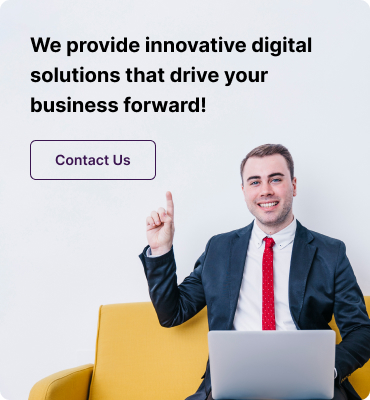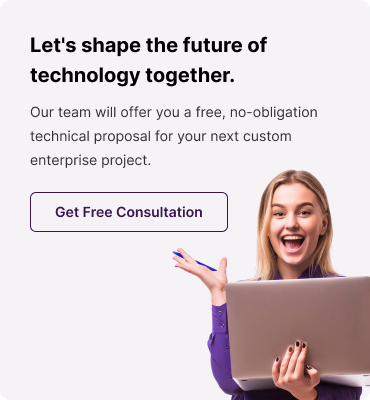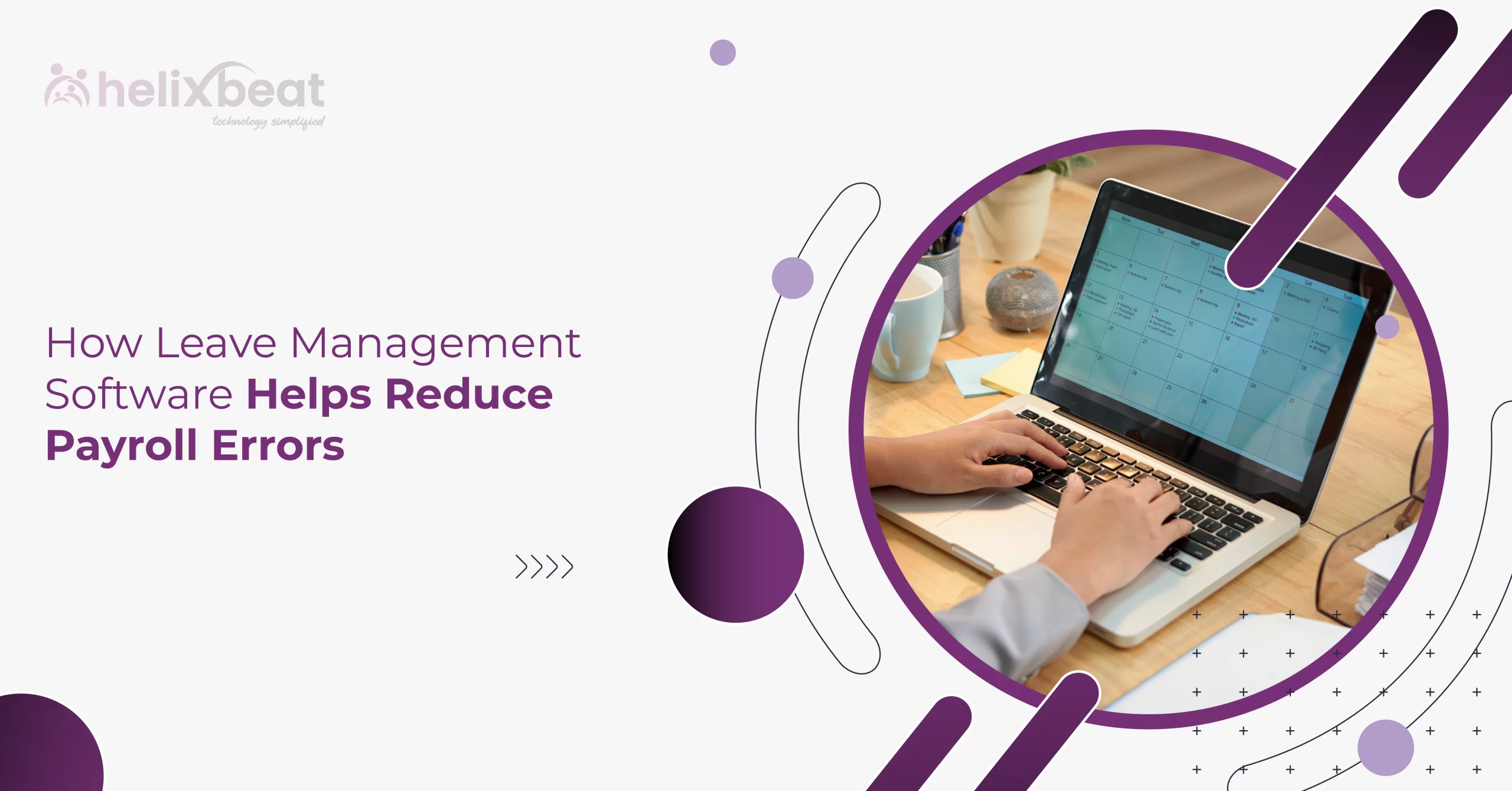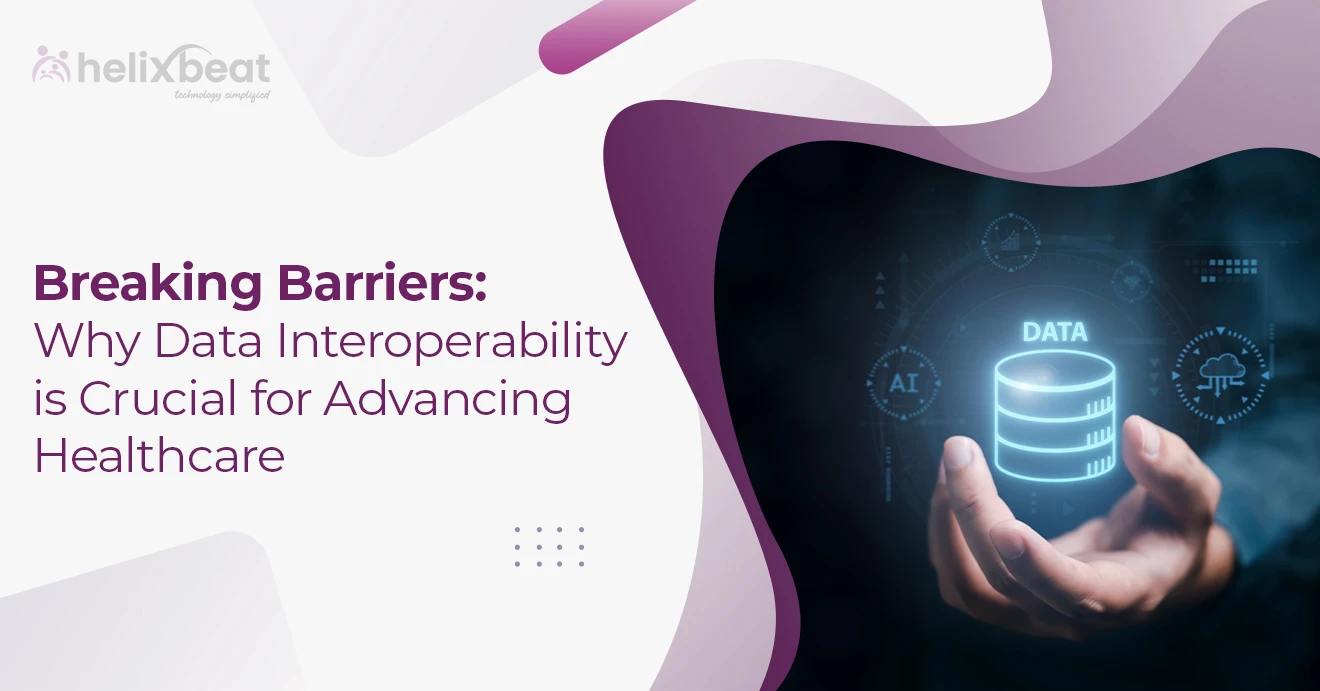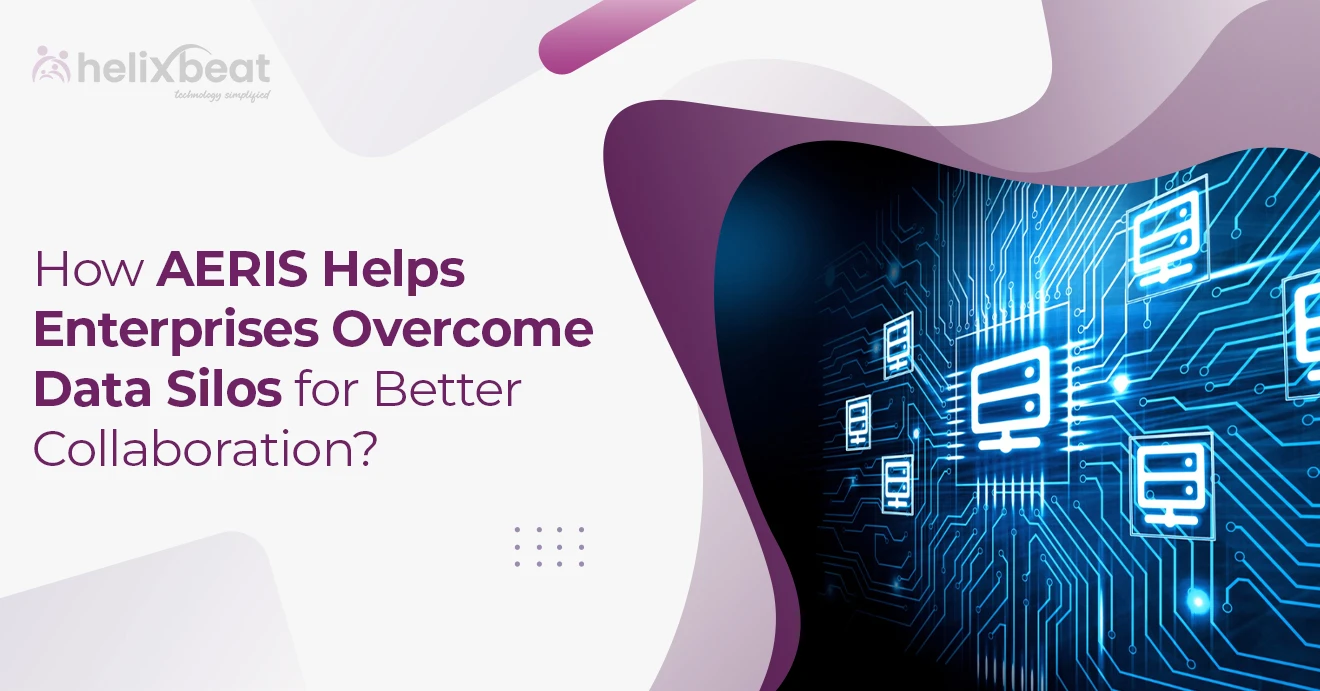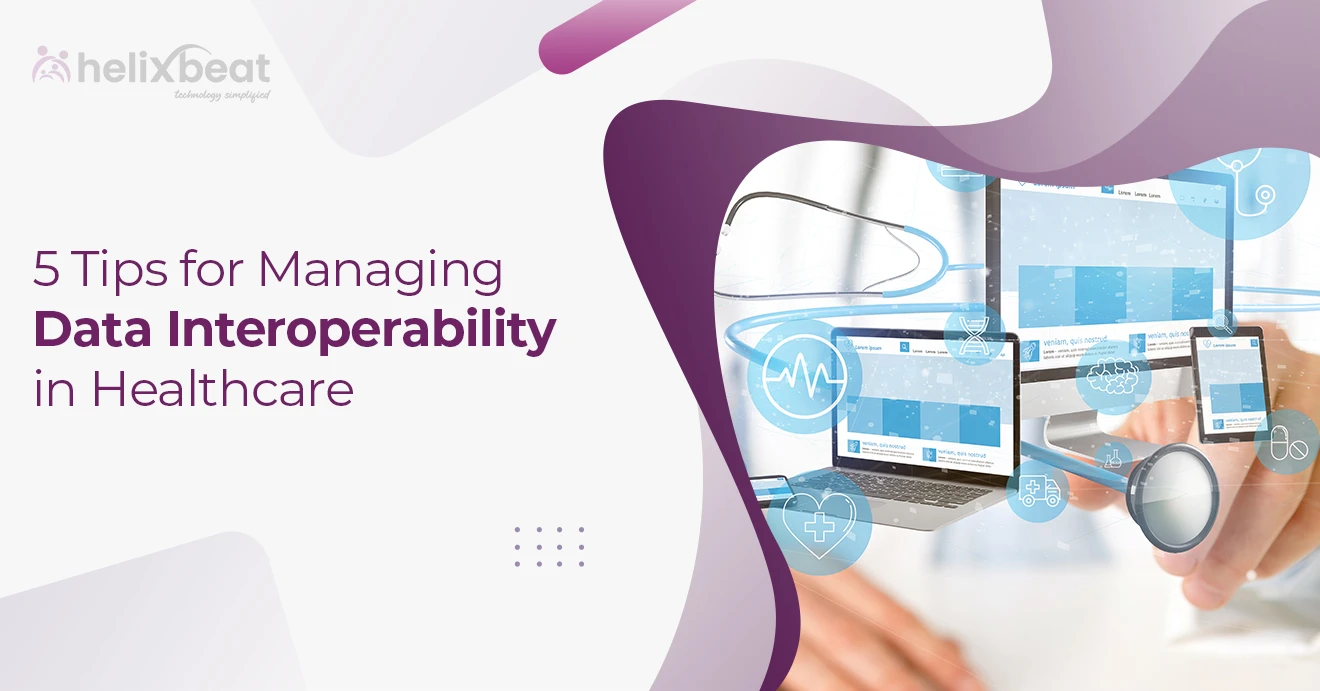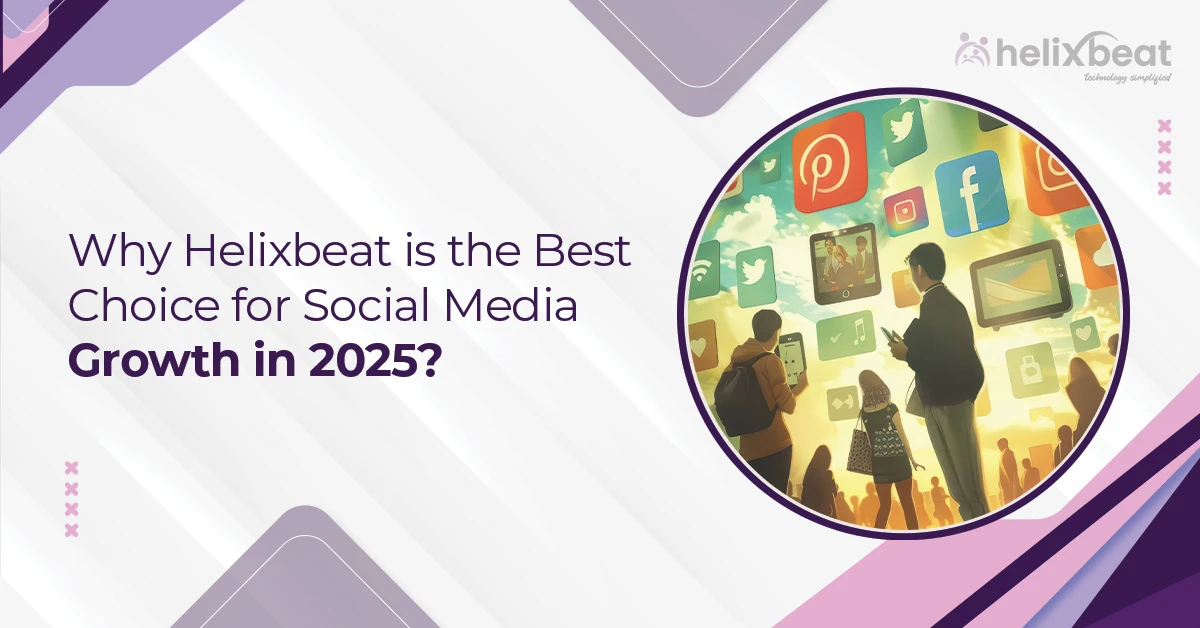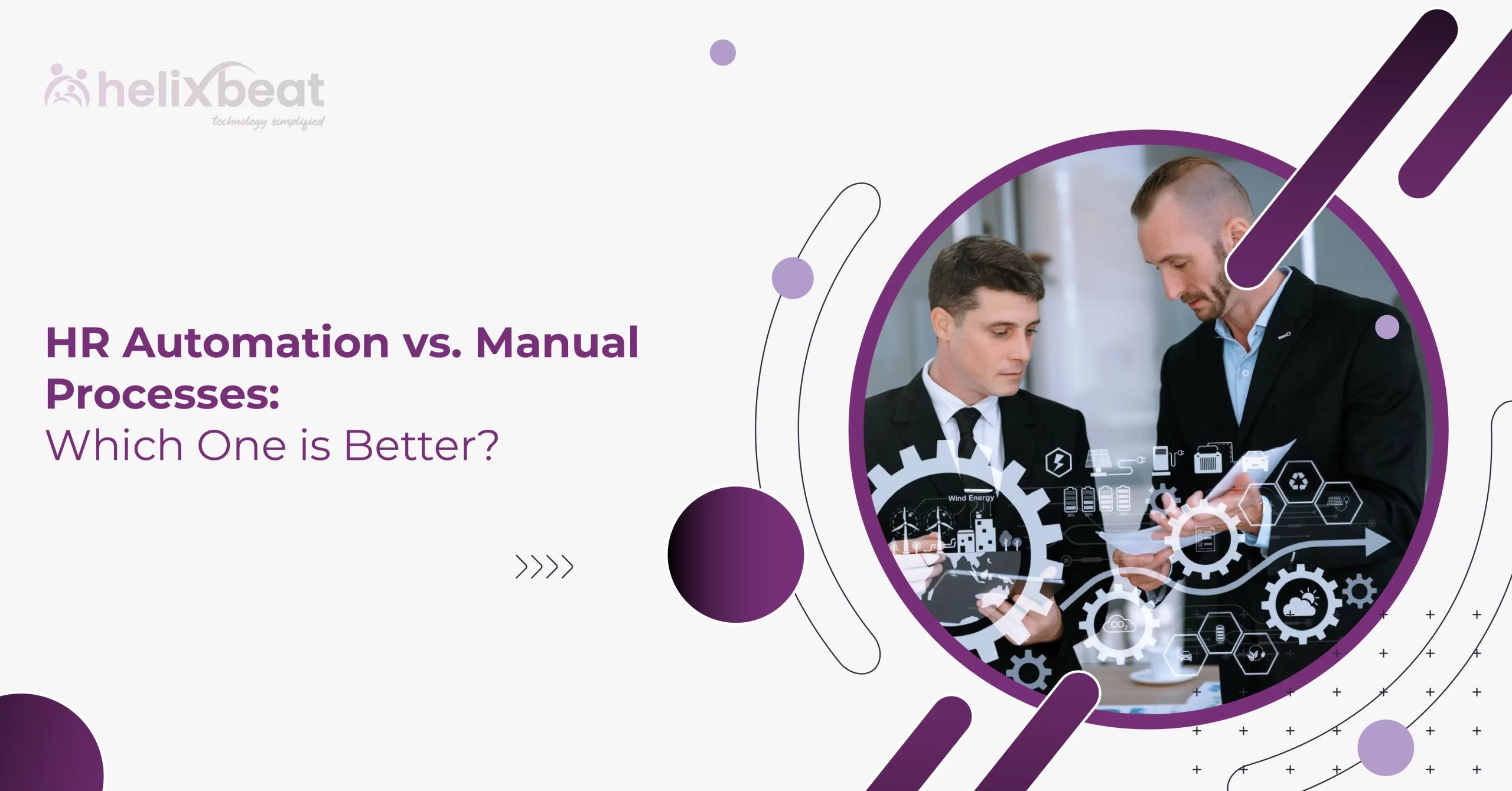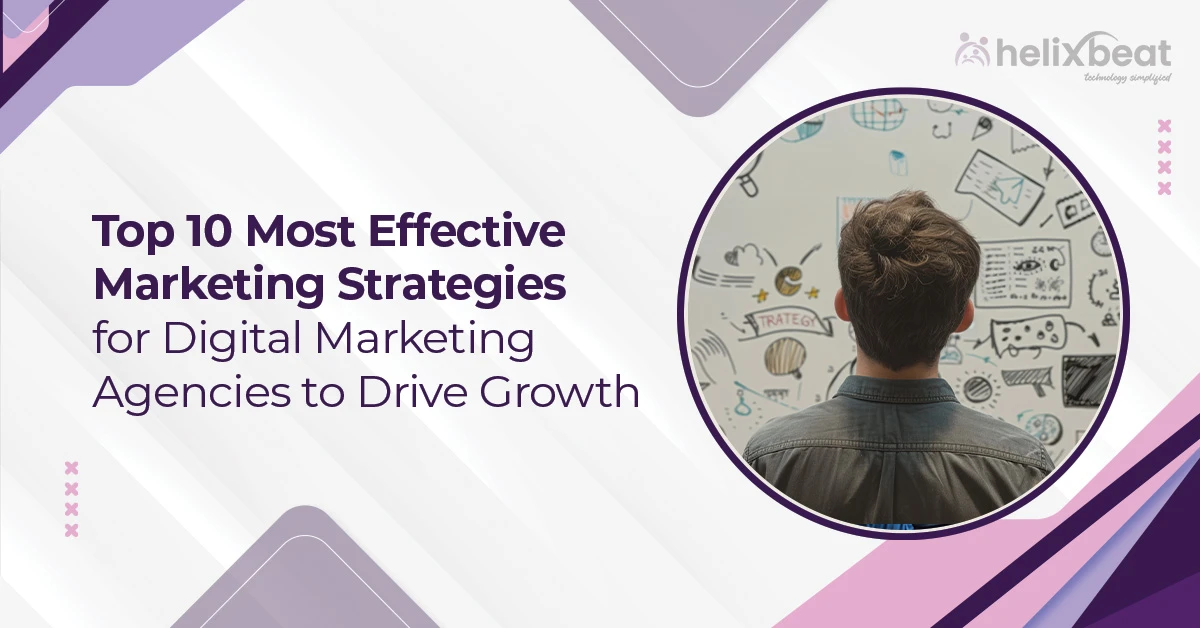If your business still uses pen and paper to maintain visitor details, you are either technologically impaired or unwilling to make crucial business investments. It has to be either of the two.
In today’s world, where everything from banking to grocery shopping is done with a click, relying on outdated systems like physical visitor logs is not just inefficient – it’s a recipe for security and operational disasters. Whether you’re a small office, a large enterprise, or somewhere in between, you simply cannot afford to ignore the changing landscape of visitor management. With concerns over safety, data protection, and the growing expectations of visitors, businesses have started adopting more advanced, efficient solutions.
By the end of 2026, the visitor management system market is projected to reach $2 billion.The constant need for better security, embracing technology in managing visitors is no longer optional—it’s a necessity.
So, why wait until your company faces an incident or inefficiency to make the switch? Now is the perfect time to upgrade your operations and embrace a Visitor Management System features. In the following sections, we’ll dive into the 11 essential visitor management system features every VMS should have to truly elevate your visitor management experience and why these features can’t be overlooked.
Table of Contents
Qualities to look for in a visitor management system
1. Centralized Visitor Dashboard
A visitor management system must have a centralized dashboard that provides real-time data. This feature allows admins and hosts to track visitors from a single platform. From approvals to check-in status, and even detailed visitor history, the dashboard brings all relevant information together for quick and easy access. Real-time data is especially important for managing visitor flow, ensuring a seamless experience for everyone involved.
For businesses that deal with a high volume of visitors, this centralized dashboard can make a world of difference. By having all visitor-related information available at a glance, you can make informed decisions quickly, ensuring operations run smoothly.
2. Pre-Registration and Approval Controls
Gone are the days of manually logging each visitor. A modern visitor management system should allow authorized personnel to pre-register visitors before they arrive. This visitor management system features enables hosts to control who enters their premises and ensures they are well-prepared for each guest’s arrival. Pre-registration usually involves inputting visitor details like name, purpose of visit, and expected arrival time. Some systems even allow visitors to upload identification documents for additional verification.
Additionally, the pre-approval feature ensures that only authorized visitors are granted access. Hosts can approve or deny access requests before visitors step foot on the premises, allowing for tighter security and better control over who enters.
3. Role-Based Access Management
Security is a top priority when it comes to managing visitors. A visitor management system should include role-based access management, allowing different levels of control to various team members. For example, admins can have full access to the system, including the ability to make high-level changes, while hosts might only have access to view the visitors they’re expecting.
Role-based access ensures that sensitive visitor information is protected and only accessible by authorized personnel. This visitor management system features is critical in ensuring that security is maintained while allowing the system to operate efficiently.
4. Visitor Tracking and Analytics
An effective visitor management system should not only track who is entering and exiting your premises but also offer insights into visitor behavior. Visitor tracking and analytics help businesses understand visitor traffic patterns, peak hours, and trends that can be used to improve resource allocation.
For example, by analyzing visitor data, a business might discover that certain times of day or certain types of visitors (such as clients or contractors) require additional staff. Armed with this information, businesses can optimize operations and improve the overall visitor experience.
5. Emergency Management
Ensuring the safety of both employees and visitors is a top priority. A visitor management system should have built-in emergency management features that enable businesses to track visitors and provide quick access to evacuation lists. In case of an emergency, such as a fire or natural disaster, having access to a real-time list of everyone on-site can save valuable time and help ensure safety.
Emergency visitor management system features also help ensure compliance with safety regulations by providing up-to-date records of all visitors. The system can generate evacuation lists, making it easier for security personnel to account for everyone during an emergency evacuation.
6. Data Privacy & Compliance
In today’s data-driven world, businesses need to ensure they are compliant with data privacy laws such as GDPR and HIPAA. A good visitor management system ensures that visitor information is handled responsibly. For example, after a visitor leaves, the system should automatically remove their access data, ensuring that businesses are not storing personal information unnecessarily.
Compliance with data protection laws is crucial, not just for legal reasons but also to maintain trust with visitors. Ensuring that your system respects privacy is one of the most important aspects of running a modern visitor management system.
7. Pre-Registration with QR Code
Visitors expect a smooth and quick check-in process. A pre-registration feature that includes QR code generation is one of the most convenient ways to streamline the check-in process. Once pre-registered, visitors are sent a QR code that they can scan upon arrival for instant check-in. This eliminates the need for manual check-ins, reducing wait times and enhancing the visitor experience.
QR codes also reduce the risk of human error during the check-in process, improving accuracy and security.
8. Touchless Check-In
In the age of heightened health and safety concerns, touchless check-ins have become more important than ever. A visitor management system should offer touchless check-in options, such as QR code scanning or facial recognition. These options allow visitors to enter without physically interacting with any device, promoting both convenience and safety.
With touchless check-ins, the process becomes faster, more efficient, and safer for everyone involved. Plus, it reduces the risk of cross-contamination in environments like offices, hospitals, and corporate buildings.
9. Real-Time Alerts
A visitor management system should keep hosts informed in real time. As soon as a visitor arrives, the system should send instant alerts to the designated host. These alerts can be sent via email, SMS, or app notifications, ensuring that the host is always aware of when their visitor arrives.
Real-time alerts are critical for businesses that need to quickly approve or deny access. This feature allows hosts to make immediate decisions, helping to reduce delays and ensure smooth operations.
10. Effortless Check-Out
Just as important as the check-in process is the check-out process. A modern visitor management system should make check-out just as easy. With visitor management system features like one-tap exits, visitors can quickly and efficiently check out when they leave the premises. The system should automatically remove their data and clear their entry details, maintaining privacy and security.
Effortless check-out enhances the visitor experience and ensures that no data is left behind, keeping the system clean and secure.
11. Insightful Analytics
A cloud-based visitor management system is only as effective as the data it provides. Comprehensive visitor analytics are essential for optimizing visitor flow and improving overall management. Real-time analytics allow businesses to see patterns and trends in visitor behavior, helping to make data-driven decisions.
For example, businesses can track peak visit times, identify frequently visited areas, and monitor the duration of visits. This information can be used to allocate resources more effectively, reduce wait times, and improve safety and security measures.
Let’s discuss one more feature that is in trend due to increasing remote job options.
Cloud-based Visitor Management System
Depending on your organization’s size and the nature of your business, you should make this decision. A conventional visitor management system is enough for a small-sized company with a reception and adequate staff.
If your business has offices in multiple locations and wants to automate operations, a cloud-based visitor management system is a good option. Regardless of the organization’s size, if you’re going to make a long-lasting impression and provide guests with a user-friendly experience.
In a Nutshell
Beyond just ensuring the safety of your employees and visitors, a visitor management system is designed to create a personalized and seamless check-in experience. A smooth and hassle-free check-in process not only enhances security but also leaves a lasting positive impression, boosting your organization’s reputation.
An efficient and feature-rich visitor management system does more than just track visitors—it welcomes them, guides them, and enhances their overall experience. From check-in and navigation to controlled access, the right system ensures a tailored, hassle-free experience for both guests and employees.
Before investing in a visitor management system, take the time to weigh the pros and cons. Consider factors like cloud-based visitor management system, budget, ease of use, and integration capabilities to ensure you get the most value and efficiency out of your system.
VISTA is a comprehensive visitor management system with all the essential features mentioned above. Highly customizable, it ensures seamless check-ins, enhanced security, and smooth visitor flow tailored to your needs.
Customer also ask
1. How does VISTA’s centralized visitor dashboard help businesses?
VISTA’s dashboard gives real-time visitor data in one place. Admins and hosts can track approvals, check-ins, and visitor history without juggling multiple systems.
2. What makes VISTA’s pre-registration and approval feature useful?
Hosts can pre-register visitors and approve or deny access before they arrive. This keeps unwanted guests out and makes check-ins faster.
3. How does role-based access management improve security?
Different users get different levels of control. Admins can handle high-level settings, while hosts only see their expected visitors. Sensitive data stays protected.
4. Can VISTA track visitor activity and provide analytics?
Yes. It records entry and exit times, tracks visitor trends, and shows peak hours. This helps businesses manage visitor flow better.
5. How does VISTA support emergency management?
It keeps an up-to-date list of all visitors on-site. In case of an emergency, security teams can access evacuation lists instantly.
6. What steps does VISTA take to protect visitor data?
It follows data privacy laws like GDPR and HIPAA. Visitor information is only stored as needed and automatically removed when no longer required.
7. How does touchless check-in work in VISTA?
Visitors can check in using QR codes or facial recognition, avoiding physical contact. This speeds up entry and adds an extra layer of safety.
8. Is VISTA available as a cloud-based system?
Yes. Businesses with multiple locations can access visitor data from anywhere. It’s a great option for companies looking for more flexibility.

